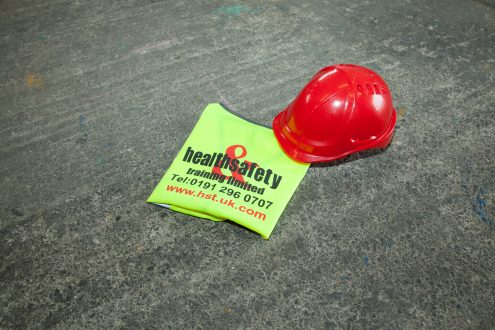Work Related Deaths on the Decline
According to official statistics based on data released by the Health and Safety Executive (HSE) at the beginning of July, the number of workers fatally injured in Britain last year has fallen. Between April 2011 and March 2012, there were 172 work related deaths, but the following year (April 2012 – March 2013) shows a decline to 148 deaths.
For the last 8 years, Britain has been reporting the lowest number of work related deaths in comparison to other industrial nations in Europe, and these latest figures mean the overall rate of fatal injury is now just 0.5 per 100,000 workers, which is just below the 0.6 average for the last five years.
The Figures by Industry
Construction – 1.9 deaths per 100,000 workers with 39 fatal injuries in the year 2012/2013. Previously there had been an average of 53 deaths a year for the last 5 years, with a slight reduction to 48 deaths for the year 2011/2012.
Agriculture – 8.8 deaths per 100,000 workers with 29 fatal injuries in the year 2012/2013.
Previously there had been an average of 36 deaths a year for the last 5 years, with 35 deaths in the year 2011/2012.
Waste & Recycling – 8.2 deaths per 100,000 workers with 10 fatal injuries in the year 2012/2013.
Previously there had been an average of 6 deaths a year for the last 5 years, with 5 deaths in the year 2011/2012.
The Figures by Area
England – 0.5 deaths per 100,000 workers with 118 fatal injuries in the year 2012/2013.
Previously there had been an average of 144 deaths a year for the last 5 years, with 131 deaths in the year 2011/2012.
Scotland – 0.9 deaths per 100,000 workers with 22 fatal injuries in the year 2012/2013.
Previously there had been an average of 22 deaths a year for the last 5 years, with 19 deaths in the year 2011/2012.
Wales – 0.6 deaths per 100,000 workers with 8 fatal injuries in the year 2012/2013.
Previously there had been an average of 12 deaths a year for the last 5 years, with 19 deaths in the year 2011/2012.
The HSE’s Response
Although this is good news, Judith Hackitt, the HSE Chair, was keen to remind us that even though there were fewer deaths, 148 people went to work last year and never returned home to their families. And the fact that these figures were published around the 25th anniversary of the Piper Alpha disaster – when 167 men were killed following an explosion at an oil rig in the North Sea – serves as a poignant reminder to the importance of health and safety in any workplace.
This is why it’s essential we don’t let standards slip, and instead we continue to strive towards improved health and safety that will continue to reduce these figures further. Part of this is the dedication of the HSE to producing clearer and simpler guidance and regulations that will help workers and employers manage the real threats to safety and the risks that cause death and serious injury.
Ms Hackitt emphasised how “we all have a part to play to ensure people come home safe at the end of the working day” and some of the biggest factors influencing this are good leadership as well as employee engagement and effective risk-management.
When to Perform CPR? What are the different types of forklifts?





